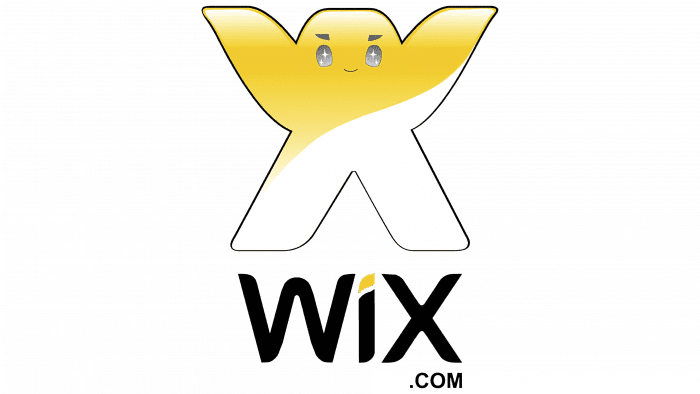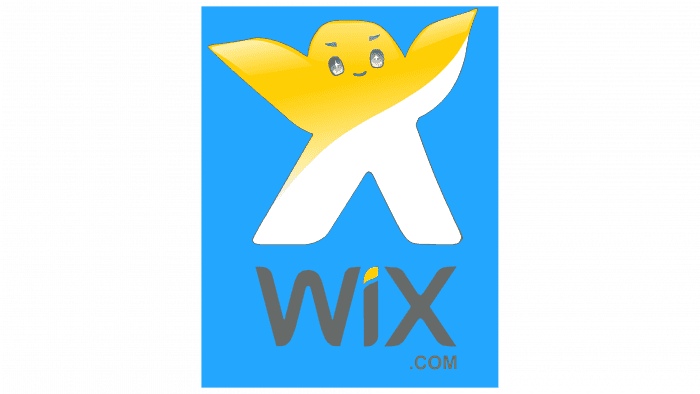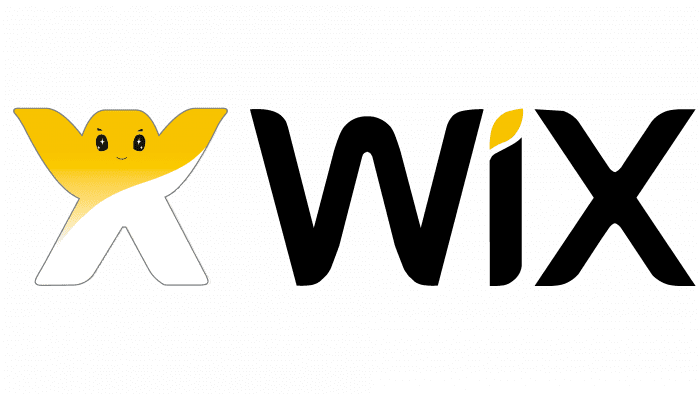The platform contains a seed that allows you to grow a real website. Convenient and well-thought-out templates combine to form a harmonious web page space, similar to how smooth letter elements come together in the Wix logo.
WIX: Brand overview
| Founded: | 2006 |
| Founder: | Avishai Abrahami, Nadav Abrahami, Giora Kaplan |
| Headquarters: | Tel Aviv, Israel |
| Website: | wix.com |
Meaning and History
The company was founded in Israel by three entrepreneurs working on another startup. They realized how time-consuming creating web resources is and decided to launch their own website builder. The main idea of Wix is freedom of expression. Moreover, the platform provides it to others but also follows this principle itself, as seen in its bright and diverse logos.
What is Wix?
Wix is an Israeli software company registered in the USA. It develops software for creating web resources based on cloud technologies. It was founded in 2006 by Giora Kaplan, Avishai, and Nadav Abrahami. The company’s headquarters is in Tel Aviv, with additional offices in 12 countries, including Canada, Japan, Ukraine, Germany, and others.
2006
In 2006, Wix introduced a recognizable symbol: a character in the shape of the letter “X.” It had raised arms, widely spaced legs, and a schematic face: eyebrows, gray eyes, mouth. Above the word “WIX” was a white-yellow creature with a black outline. Just below, aligned to the right, was the site’s “.com” domain. The dot over the “I” looked like a yellow pointed ellipse.
2007
A year after the service launched, designers changed the logo design. They changed the color of the man’s eyes and moved the name to the right. The domain “com” without a dot was placed vertically after the word “WIX.”
2008
The anthropomorphic character’s eyes are grey. One arm is slightly bent; the head is turned to the right. Below is the site’s grey name. The background is a blue rectangle.
2009 – 2010
The X-shaped creature looks straight ahead. The inscription became black, and the blue rectangle turned into a blue square.
2010 – 2011
The logo developers removed the little man and left only the white site name Wix with the domain “com” after the dot. It was, as before, placed in a blue rectangle.
2012 – 2013
Designers removed the blue background to add a gradient reflection to the inscription at the bottom. Moreover, they removed the .com domain and repainted WIX in grey.
2013 – 2015
The 2007 logo returned but without the second-level domain.
2015 – today
The “X” symbol was permanently removed. Only the platform’s name remained.
WIX: Interesting Facts
Wix.com Ltd. is a website that lets people make their own websites and mobile sites easily without needing to know a lot about computers.
- How It Started: Avishai, Nadav, and Giora, three Israeli guys, started Wix in 2006 because they had trouble creating a website for another project. They wanted to create something that would allow anyone to create a cool website easily.
- Going Public: On November 5, 2013, Wix became a public company, meaning people could buy shares on the NASDAQ stock exchange. This was a big deal for Wix because it helped them grow even more.
- Lots of Users: Wix became popular, starting with just a few thousand users and now having millions of users worldwide. This shows that many people want an easy way to make websites.
- So Many Choices: Wix has hundreds of templates, which are like starting points for your website. This means you can pick one you like and change it to make it your own.
- Smart Website Making: Wix has a cool tool called ADI, which stands for Artificial Design Intelligence. It asks you questions and then makes a website based on your answers, complete with pictures and text.
- Wix App Market: This is like a store where you can buy extra tools to add to your website, such as ways to sell things, share on social media, or book appointments.
- All Around the World: Wix is based in Tel Aviv, Israel, but it has offices in many countries, which allows it to help people from all over make websites.
- For Coders Too: Wix isn’t just for people who don’t know how to code. They have a platform called Corvid for people who know how to code so they can make even more advanced websites.
- Helping You Learn: Wix offers many tutorials, webinars, and forums where you can learn how to do cool things with your website.
- Everyone Can Use Wix: Wix works hard to ensure everyone, including people with disabilities, can create websites using its platform.
Wix has made it much easier for people and businesses to make their websites, and they keep adding new tools and features to help everyone have a great website.
Font and Colors
The old Wix trademark was adorned with a proprietary yellow-white “humanoid” symbol. But in the current version, there is no place for it: the emblem contains only the inscription. The “com” addition, which was used periodically, is now also absent. The evolution of the identity went towards a simplification: each year, extra elements were removed to focus attention on the word “WIX.”
The logo font has no analogs, as it was created from scratch for the website builder. The design is built on contrasts: the sharpness of the lines combined with smooth curves and black letters with a yellow elliptical dot over the “I.” There is also a dark grey version with “.com” and a completely black emblem without the addition of yellow.
WIX color codes
| Mellow Apricot | Hex color: | #fbbd71 |
|---|---|---|
| RGB: | 251 189 113 | |
| CMYK: | 0 25 55 2 | |
| Pantone: | PMS 150 C |
| Black | Hex color: | #000000 |
|---|---|---|
| RGB: | 0 0 0 | |
| CMYK: | 0 0 0 100 | |
| Pantone: | PMS Process Black C |













